Chlorhexidine is an antiseptic. It has far-reaching antibacterial effects and is mainly used in dentistry.
What is chlorhexidine?

Chlorhexidine belongs to the group of polyguanides. It is an antibacterial agent. Since it does not dissolve well in water, it is not suitable as a rinse solution.
In the trade it is mostly offered as chloride or acetate. It is primarily available in the form of gluconate for medical applications. In this state it achieves the same effect as chlorhexidine. In a neutral aqueous solution, the molecule has a twofold positive charge. It is game-gel symmetrical and has two benzene rings.
The drug proves to be readily soluble in organic solvents such as dichloromethane. It is available in the form of creams, gels, ointments or solutions for individual medical applications. Medicines containing chlorhexidine are available over the counter in pharmacies.
Pharmacological effect
Chlorhexidine has extensive antibacterial properties. Because of its positive charge, it attracts bacteria with its negative charge.
It also adheres for a long time to the treated area of the body, so that it shows a long-lasting and sustainable depot effect. The antiseptic effectiveness occurs because the active ingredient inserts itself into the cell membranes of the bacteria and thereby destroys them. The details of the mechanism of action are currently still being researched. Resistance to the substance has not yet been determined for any type of pathogen.
With enveloped viruses, the drug shows a slight effect, with non-enveloped viruses none. It is not absorbed by the body through the mucous membranes. Almost one hundred percent of chlorhexidine is excreted and there is no metabolism.
Medical application & use
Chlorhexidine was originally mainly used for skin infections. Today it is mainly used in dentistry, u. a. for disinfection before and after operations.
For example, after inserting a dental implant, aftercare with the active ingredient reduces the risk of peri-implant inflammation. The drug is also used in the treatment of bacterial gingivitis, periodontitis and bad breath. The concentration of the solutions used in dentistry is between 0.03 and 2 percent. To prevent tooth decay, it is advisable to dab the teeth with an appropriate gel or to apply it with the help of a splint. The medicine is also available as a varnish that is applied to the teeth.
Due to the long adhesion, the active ingredient is continuously released for three to four months. Sprays, gels and chips are also available. The active ingredient is also used as an ingredient in mouthwash solutions in the context of oral hygiene. Comparative studies with the effect of antibacterial solutions show that these solutions are superior to other products.
When cleaning dental prostheses, too, it has proven to be advantageous to regularly store the dental prosthesis in a chlorhexidine digluconate solution at a certain interval at night. In this way, the germs that cause prosthesis-related inflammation of the mucous membranes are reduced. The active ingredient has other uses in the field of wound care. Plasters, ointments and healing powder are offered with the active ingredient for disinfection. Chlorhexidine is also used for bacterial throat infections.
You can find your medication here
➔ Toothache medicationRisks & side effects
The prolonged use of Chlorhexidine can lead to few side effects. In most cases, however, these phenomena turn out to be completely reversible. The following can occur as side effects: taste sensation disorders, brownish deposits on teeth and in the oral cavity.
In rare cases, wound healing is delayed or the epithelial layer flakes off. If a mouthwash solution containing chlorhexidine is used for a longer period of time, it may be advisable to alternate it with another preparation every week in order to avoid the brownish deposits on the teeth and tongue.
When used in combination with certain substances, the antiseptic is inactivated. The use of sodium lauryl sulfate, for example, leads to a loss of function. For this reason, the active ingredient should be taken a long time after using toothpaste containing sodium lauryl sulfate or mouth rinse solution. Iodine and triclosan are also active ingredients that inactivate chlorhexidine.

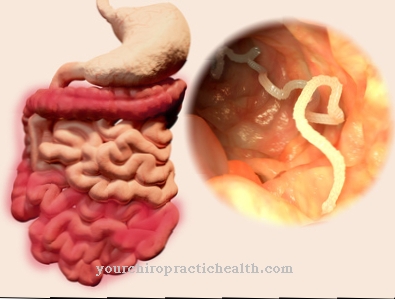

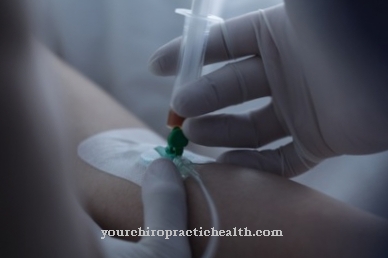
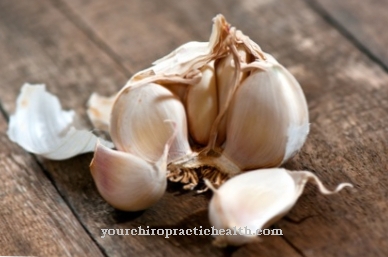
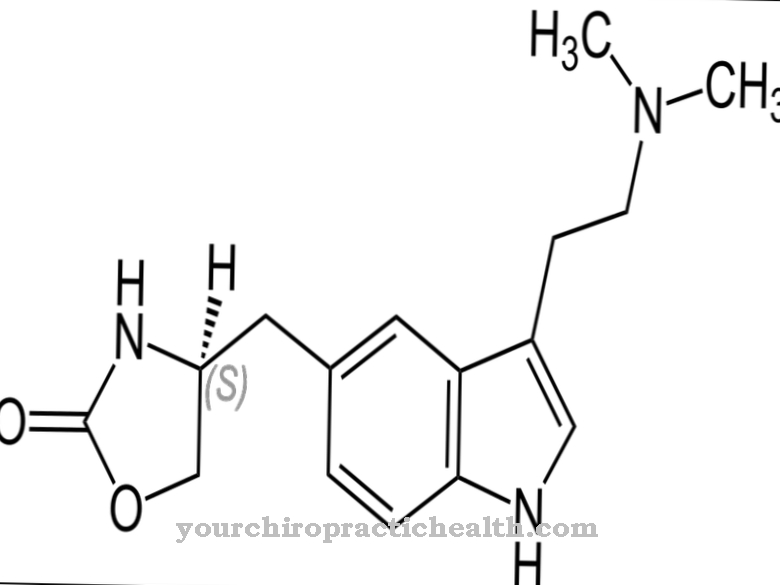
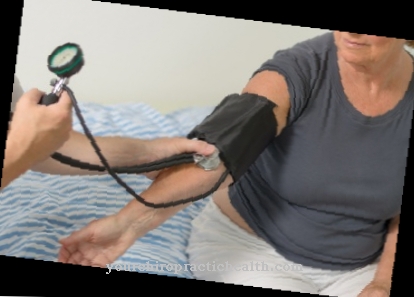

.jpg)



















